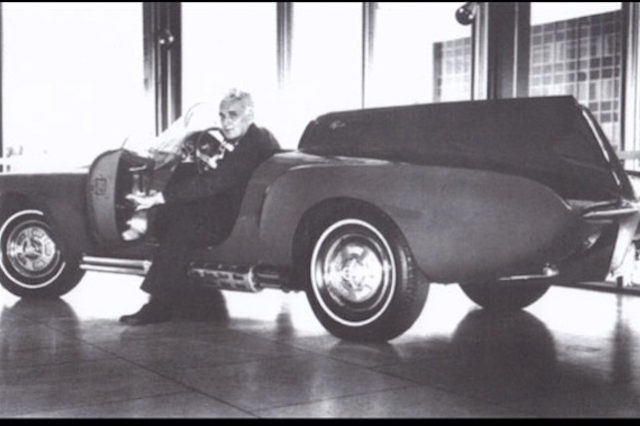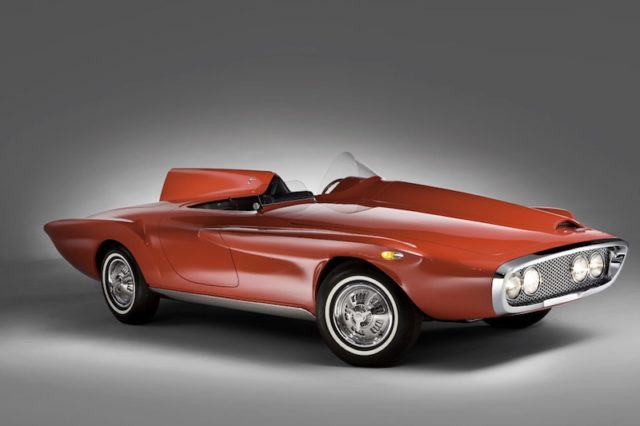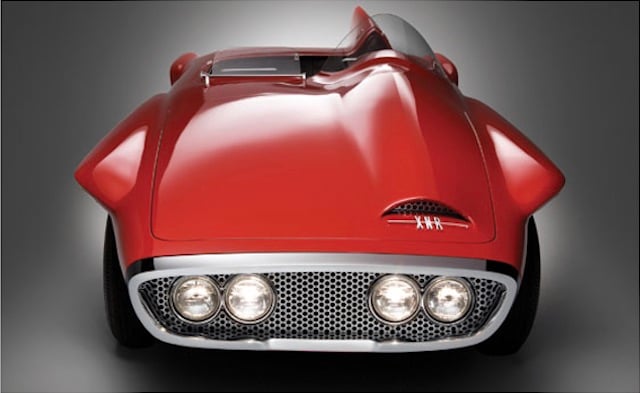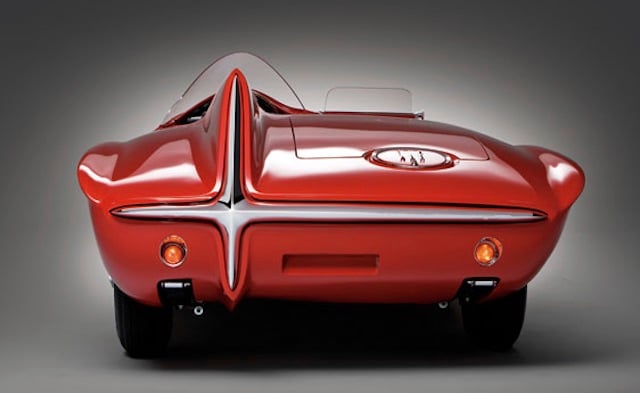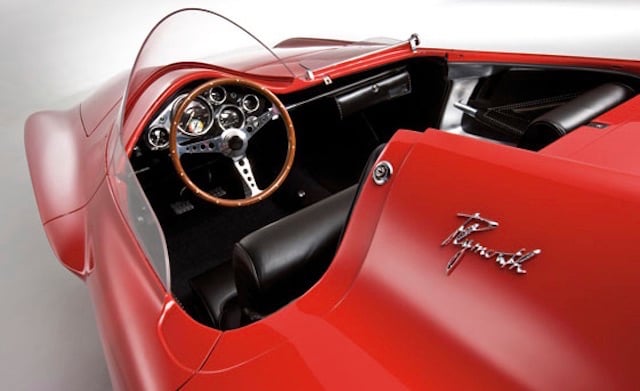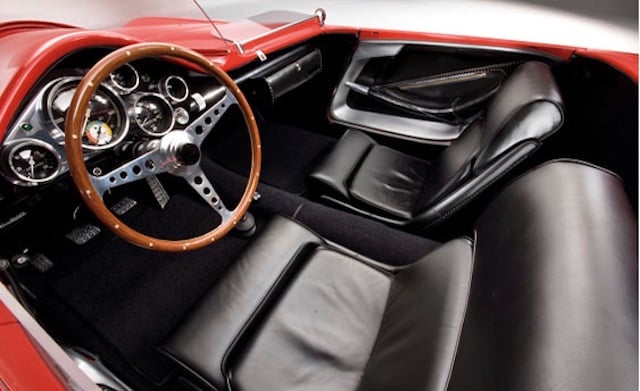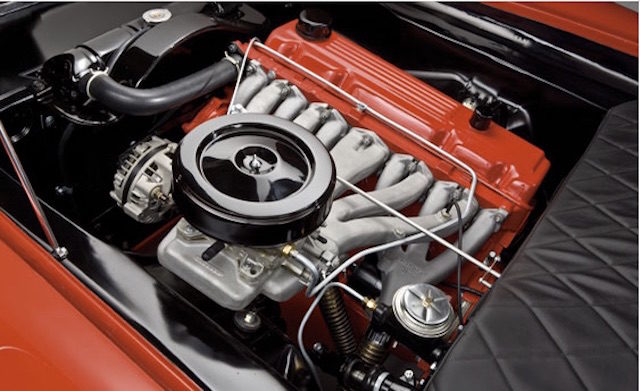The rise and fall of Virgil Exner is one of the saddest stories in the wild west of car designing in the mid-fifties to early-sixties. Exner designed some of the most popular cars that Studebaker and Chrysler manufactured from 1945 through 1961.
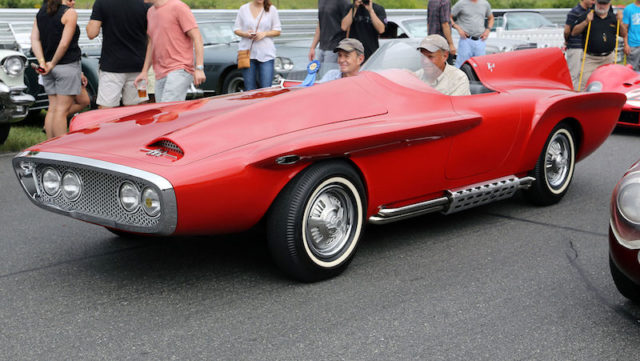 [1]
[1]Photo from wikipedia.org [2]
Despite being an acclaimed stylist, the company fired the man behind the 1947 Studebaker Starlight, the Chrysler Firearrow concept cars, and the 1955 Chrysler 300 and Imperial that brought the company’s old boxy designs into the modern age.
Exner was working on the 1961 car designs in 1956 when he suffered a heart attack. He was able to return to work in 1957 to work on the 1962 cars but still recovering from the cardiac event. The associates with whom Exner had been working with were directed to downsize the designs, a change that Exner disagreed with. The group continued on with the downsized cars, and as Exner had feared, the public disliked the new car’s appeal and sales dropped significantly. Chrysler made Exner the scapegoat and fired him for the drop in sales.
In addition to his work on the Plymouth Belvedere, Fury, Savoy, and the Chrysler Diablo concept, Dodge Coronet, and the Mercer-Cobra concept car of 1965, he played a lead role in developing the Plymouth XNR concept car. A car he loved so much that he named it after himself.
The Story Behind The XNR
After Chevrolet launched the Corvette, other car manufacturers scrambled to find an answer to compete in the American-made high-end sports car market. Virgil Exner was tagged for the project. The result was something so unique and original, that everyone involved with this car has worked to preserve it through wars, downsizing, and company firing.
Chrysler didn’t like the car and scrapped the project. Soon after, they also scrapped Exner. The project was originally called the Plymouth Asymmetrica, which Exner renamed after himself. The car was able to hit speeds in excess of 150 miles per hour on the company’s test track, but never made it into production. Ghia in Italy had worked with Exner on the project and bought the car, saving it from the crusher.
The car was purchased from Ghia by an unknown Swiss citizen, who in turn sold the car to Mohammad Reza Phalevi, the Shah of Iran. Sometime later it was sold to an Kuwaiti car dealer named Anwar al Mulla. Car dealer do what car dealers do, and the car was once again sold in the early 1970s to a Lebanese man that kept the car in an underground garage.
Karim Edde, another Lebanese car collector discovered the hidden car, knew the value, purchased it and moved the car to various locations during the fighting to keep it from being destroyed. When the civil war was over, the car was sent to RM Restorations in Canada, where it was restored to original condition. Virgil Exner’s son provided his father’s documentation to help complete the work in 2011.
The car was sold at RM Monterey auction on August 18, 2012 for $935,000.
Specs:
- Type: Concept / Prototype Car
- Designer: Virgil Exner
- Production: 1
- Engine: 170ci Inline-6 (Slant-6)
- Intake: Hyperpak tuned ram intake, four barrel carburetor
- Exhaust: Twin-tuned exhaust
- Layout: Front Engine/Rear Drive
- Power: 250 bhp
- Redline: 9000 RPM
- Transmission: 3-Speed manual
- Body/Frame: Steel Body over Plymouth Valiant Chassis
- Suspension: Independent front torsion bar front suspension
- Rear Suspension: Semi-elliptic rear springs and tubular shock absorbers
- Brakes: Four-wheel hydraulic drum brakes
- Wheelbase: 106.5-inches
